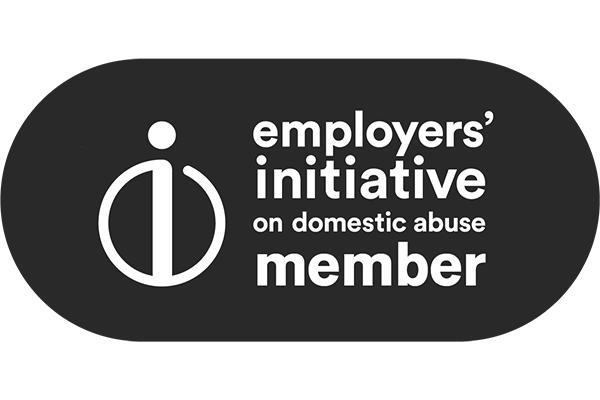
Contributors: Douglas Sinclair
Date published: 24 November 2019
How can I save money using the Residence Nil Rate Band?
The Residence Nil Rate Band (RNRB), which came into force on 6 April 2017, is the result of earlier commitments to increase the inheritance tax threshold for couples from the previous level of £650,000 to £1 million. While that was the intention, the new combined threshold is not currently that high as the initial rate of the RNRB is £150,000 per individual, rising to £175,000 on 6 April 2020.
The £1 million figure is achieved on the basis that the total standard nil rate band for a husband and wife is currently £650,000 (£325,000 each) and the total RNRB for both will be will be £350,000 (£175,000 each). This has been a fairly complicated way to secure a nil rate band of £1 million. Given the complexity of the legislation dealing with the RNRB, it would have been much easier practically, albeit perhaps more difficult politically, to simply increase the basic nil rate band to £500,000.
While the introduction of the RNRB did provide significant inheritance tax savings for many families, the rules are complex and it is therefore important that individuals check they meet the necessary requirements. These conditions include:
1. The RNRB can only be claimed on death and the relevant death must occur after 5 April 2017.
Where the deceased had a predeceasing spouse (or civil partner) they may be able to claim their spouse’s allowance in addition to their own allowance, despite the fact that the RNRB was not available to them at the time of the first death. This is similar to the standard nil rate band, which is also transferable between spouses.
2. The deceased must generally have a “Qualifying Residential Interest” at the date of their death.
This means they must own a home (or a share of one) that they have lived in at some point. If there is more than one such home, then the deceased’s executors will have to elect which property the RNRB will apply to. If the deceased did not own such a home at the date of their death (for example because it had been sold when they moved into a nursing home), in limited circumstances the allowance can still be claimed.
3. The home must pass to a direct descendant.
This includes children and more remote descendants, stepchildren, foster children and children to whom a guardian has been appointed.
4. The estate of the deceased must not exceed £2 million.
If it does, the RNRB will be “tapered” by £1 for every £2 by which the estate exceeds the £2 million threshold.
5.The RNRB must be claimed within two years of death.
6.While the maximum value of the RNRB is £175,000 (and so £350,000 for a couple), the allowance is capped at the value of the relevant “Qualifying Residential Interest”.
This means that if the relevant home is worth less than £175,000 (or £350,000 for a couple) the RNRB will be capped at the value of that house. In certain circumstances where a more valuable house had been owned in the past an additional “downsizing allowance” can also be claimed.
While rules concerning the RNRB are complicated, its introduction was welcome, as using an illustrative example shows the possible saving available when using the two bands in conjunction.
Under the old rules, if a couple’s combined estate was worth £1,250,000 and was left after the second death to their children, there would have been an Inheritance Tax liability of £240,000 (excluding any other debts, reliefs or exemptions).
However, since the introduction of the RNRB, if the requirements are met, this liability will fall to £100,000 if the second death occurs after 5 April 2020. The RNRB will then increase in line with the Consumer Price Index. This considerable reduction in Inheritance Tax liability will allow more of your money to stay within your family.
While in the majority of cases the RNRB will apply without difficulty, given the complexities in the rules we would recommend that if you wish to ensure that your estate qualifies for the maximum possible allowance you approach one of our succession planning specialists to ensure you are able to make the most of these savings. They will help you navigate through this complex change to the Inheritance Tax rules.
Contributors:
Douglas Sinclair
Partner
To find out more contact us here













